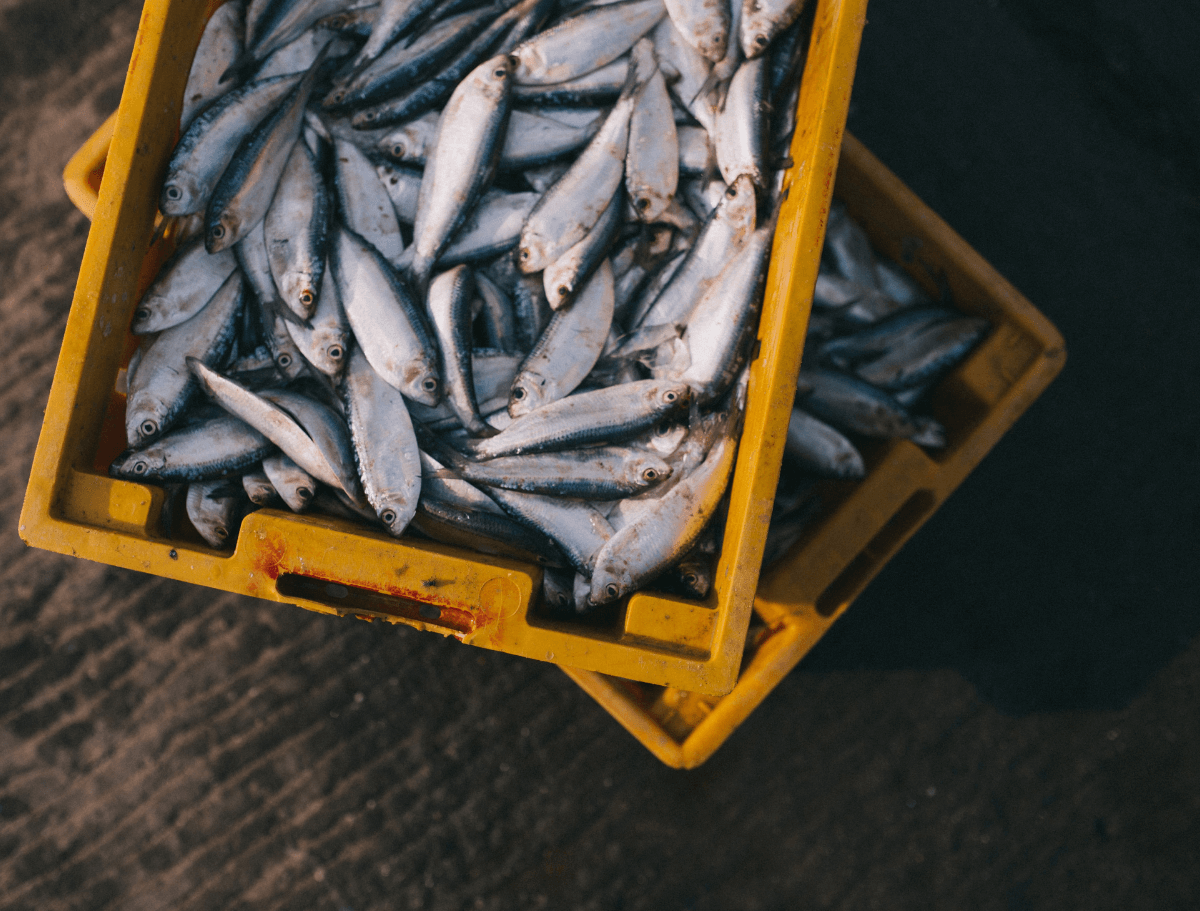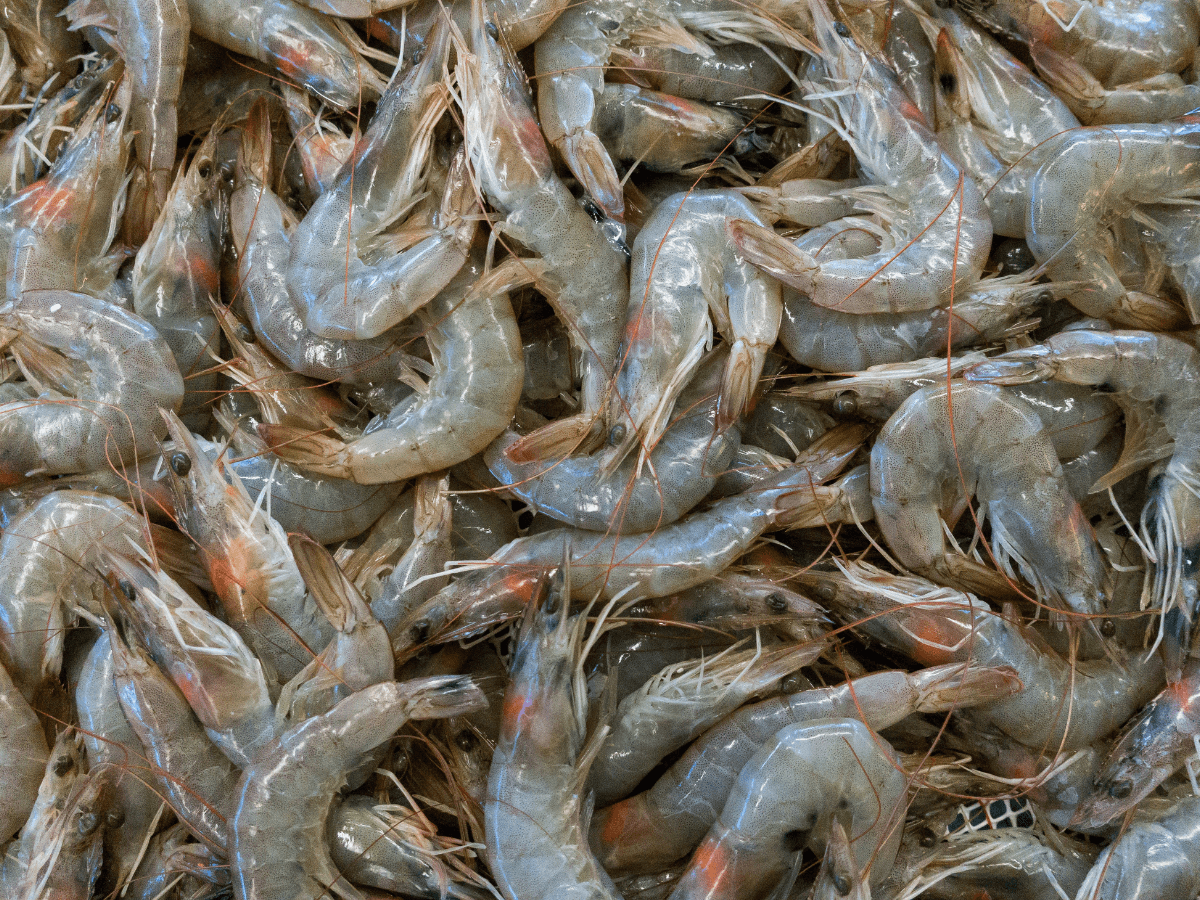Tag: To Be Redone
-

On Picking and Choosing Facts: Shady Statistics and Propaganda
I hadn’t planned another detour from our biodiversity series this week, but after spending a day watching propaganda from both sides on the state of fish populations and fisheries, I couldn’t help but talk about sustainable fisheries. On the one side, there was a speech by this dude called Ray Hilborn, author of the book…
-

Underwater Forests: Seagrasses and Seaweed
How do you offset your carbon footprint? You plant trees. Right? Well, as we established in the episode on primary production, trees are actually not the major player when it comes to carbon offsetting. For that, we need to look at underwater “forests.” Don’t get me wrong. I’m not saying we shouldn’t save the trees.…
-

The Types of Plankton
Today, I will attempt to convince all of us that plankton is cool and worth our attention. We’ll talk about what plankton is and why it’s so important for our climate. Plankton is cool. There, you can quote me on that. That established, I’m also pretty fed up with plankton. I’m more than half-way through…
-

How old is a fish? Tree rings in fish bones (Ep. 51)
We’ve all heard of tree rings that allow us to determine the age of trees. Counting the lines on a cut-down tree allows us to figure out their age pretty accurately. Unfortunately, this only holds true for ring-forming trees, and even among those, it is necessary to damage the live tree for such age determination.…
-

Common Shrimp: from Egg to Dinner Plate
With humans overfishing the oceans, other creatures take over where fish are missing. Today, we follow a common shrimp on his journey through life—and through the journey to become our dinner. This is not a success story. The fight for the future of humanity seems to be filled with propaganda, misinformation, and contradicting facts. Even…
-
What makes nature worth preserving?
I used to think fish were disgusting and ugly. The truth is, I had only seen dead fish. Swimming with anything from Garibaldi (Hypsypops rubicundus), a bright orange fish that likes to attack the shiny hook that attaches my camera to my body, to barracuda (Sphyraena barracuda), silvery shine and terrifying teeth, has changed my…
-
Why are Coral Reefs DYING? What is Coral Bleaching?
Coral reefs are the basis for ocean life. A quarter of the ocean’s inhabitants depends on them—and so do millions and millions of humans. But with the warming ocean waters and more extreme weather events, coral reefs are struggling. The corals bleach. But what is coral bleaching? Coral reefs are cities underwater. About a quarter…
-
What is a KEYSTONE Species?
Keystone species are the glue for their ecosystems and hold everything together. Without them, entire ecosystems collapse. What are keystone species? What do they do? Why do we care? All species fulfill their purposes but some species are so important that their survival is essential to the ecosystem they live in. Keystone species can determine…
-
What Are INVASIVE Species?
Invasive species are one of the biggest threats to ecosystems. We humans are probably the most damaging invasive species both because of the harm we cause to ecosystems and because of how carelessly we help other invasive species along. Mentioned in this episode: National Geographic: People and Invasive Species (choose your reading level) Australian Government:…